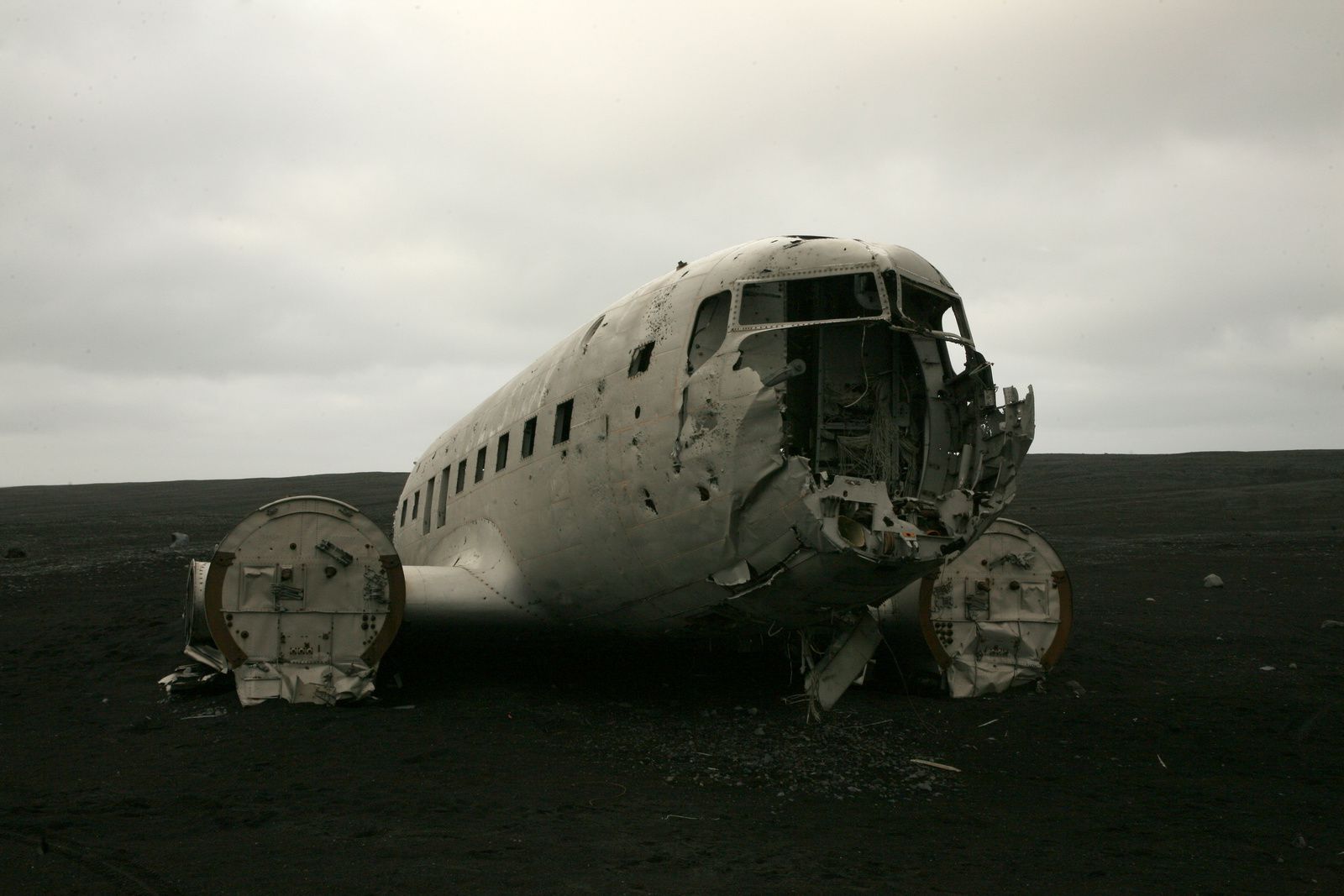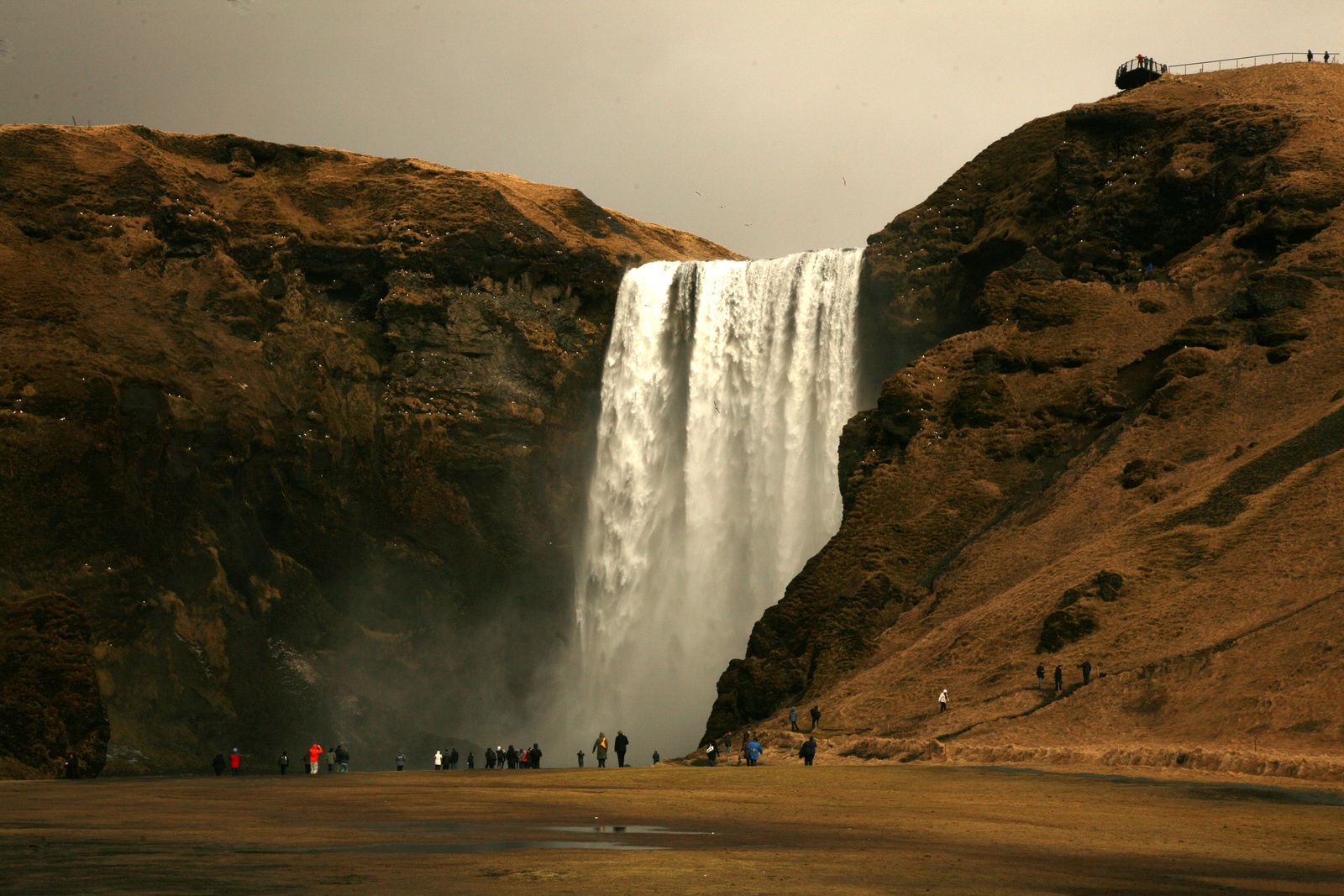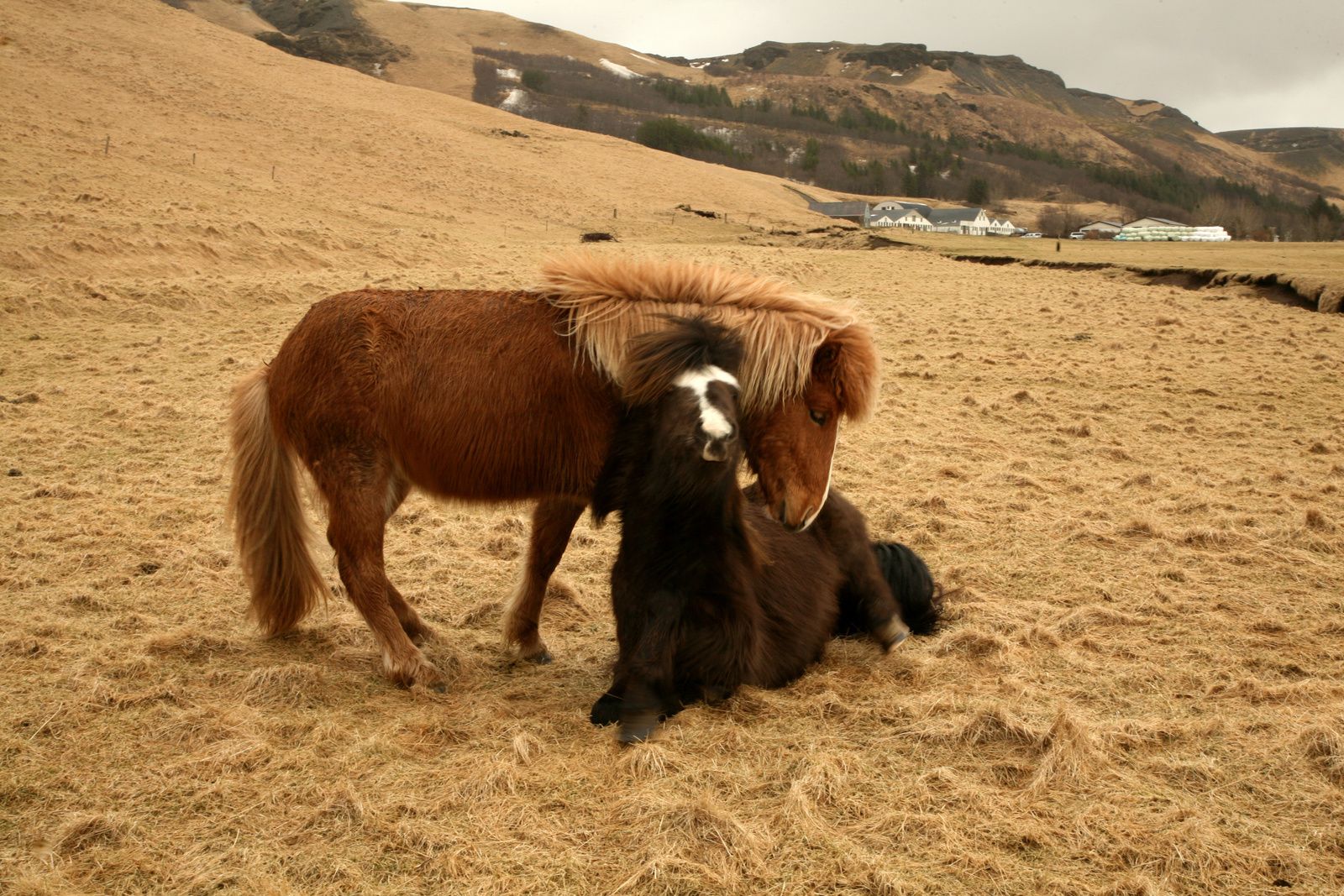Actualité volcanique, Articles de fond sur étude de volcan, tectonique, récits et photos de voyage
Par Bernard Duyck
On the south coast of Iceland, under the Myrdalsjökull and between Vik and Skógafoss, one of Sandar home to a strange wreck in this setting.
On november 24, 1973, a Douglas Super DC-3, also known as Dakota, of the US Navy, had to make an emergency landing on the black sand beach of Sólheimasandur, in bad weather and short of fuel. The crew fortunately survived, but the aircraft was abandoned there. Over forty years of bad weather damaged the unit. Its wings and tail are reported missing, and his body riddled with holes is partially filled with black sand driven by the wind.
Local says that a local farmer discovered during a visit to the wreck that the pilots had switched to the empty tank ... while a second was full. This discovery allowed him to have quality fuel for his tractor and all his farm for a year.The tail of the DC-3 was sold to a couple running a hotel on the theme of this aircraft.
The way to go there :
Between Vik and Skógafoss, after the big rock of Péturseyjarvegur, count two small streams and turn toward the sea side through a passage lined with a cattle grid ... not recommended for single cars, the paved road, marked by small wood bollards, will lead you to the wreck located to 4 good kilometers.
What you aerate and enjoy the texture of the Sandur !
In geological terms, a sandur (sandar plural) is a piedmont plain formed by glacial silt carried down and deposited by glacial meltwater. Usually broader than long, the sandar are common in Iceland, where geothermal activity under the ice thickness increases the action of meltwater on training of the sediment, when it is not the jökulhlaups (debacle of ice), the consequences of a subglacial eruption that mobilize large amounts of materials.
Skógafoss is an impressive waterfall, which sees cascading the waters of the Skoga river from a height of 62 meters; its width is about 25 meters.
According to the legend, the Viking Þrasi Þórólfsson placed a chest behind the waterfall. A child found the treasure several years later, but could only prevail a handful before the chest disappears. The handle is now preserved in the museum of Skógar.
Near the fall, many small Icelandic horses can be admired.
The Icelandic is a small saddle horse, probably a direct descendant of the horses brought by the Vikings during the colonization of Iceland. It has not been crossbred from the 900s, the importation of horses from that time still prohibited on the island.
Its natural selection gave it a high resistance to climate, a good sense of direction and a recognized frugality. In addition to its various dresses, it is characterized by its five gaits: in addition to the walk, trot and gallop, normal gaits of the horse, he practices amble and tölt, an four times broken amble, which allows him to always keep a foot on the ground, and allows the forehand to get up and be more free.
The Icelandic horse is content with a grass yellowed by the long snow cover - photo © 2015 Bernard Duyck
Thème Magazine - Hébergé par Overblog












